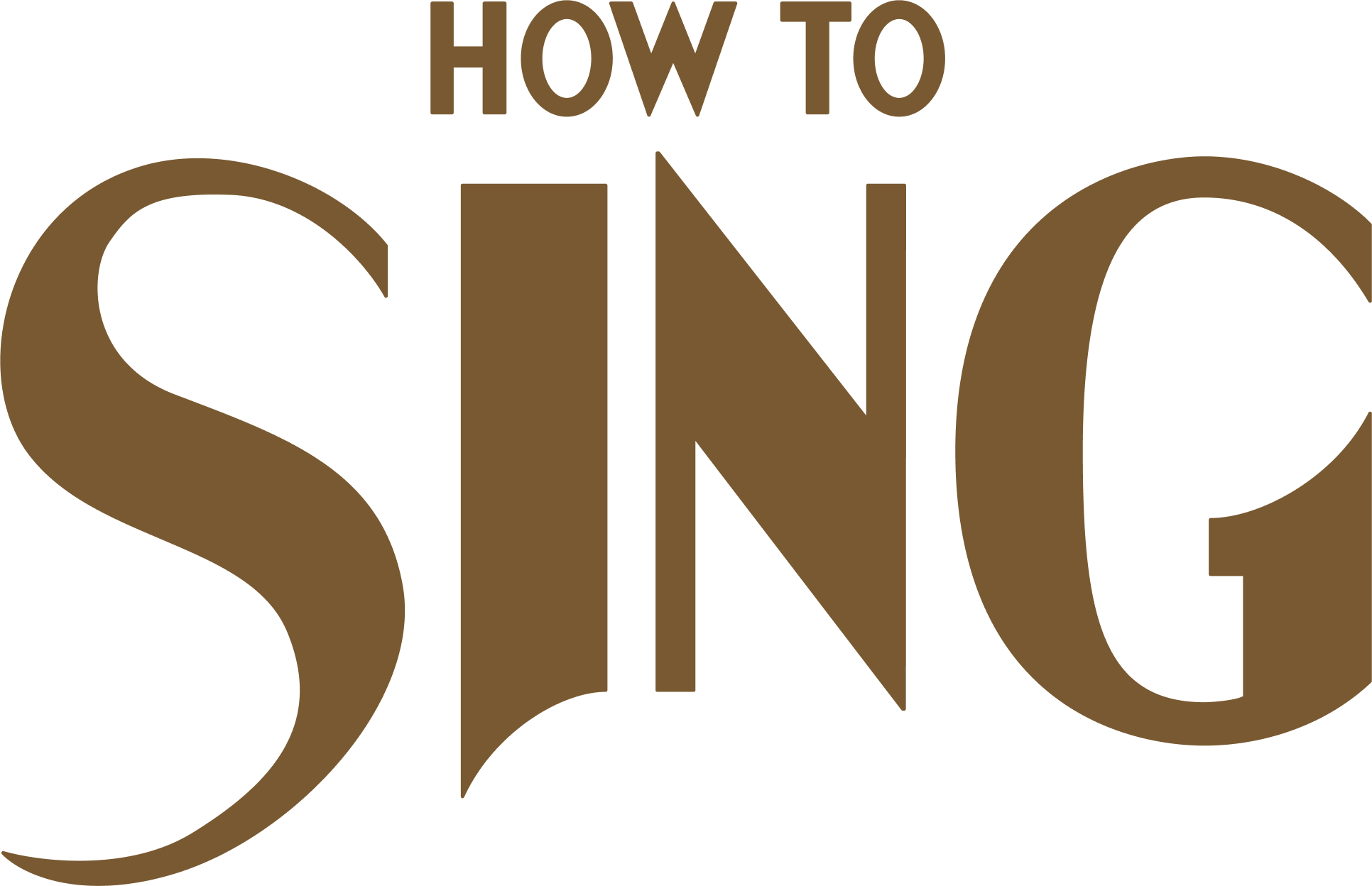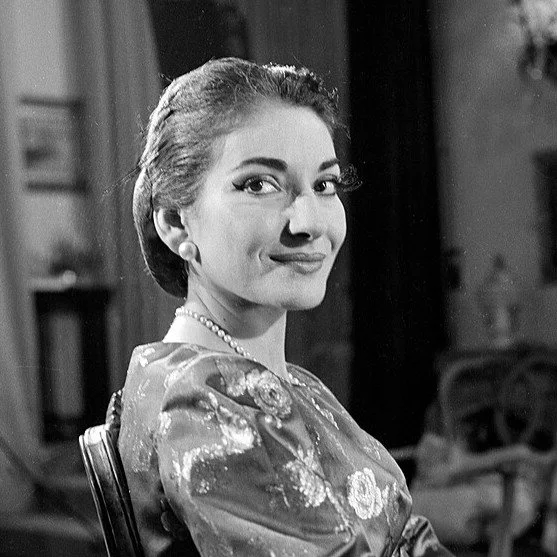
Master the pillars of the art of singing through technique, performance, and imagination.
The book that revolutionized the study of singing and vocal pedagogy all around the world, now fully updated for the needs of the 21st century singer.
What you’ll find in this book:
Expert guidance and advice. Learn from one of the greatest and most important singers in history as she teaches you how to use your anatomical knowledge, practice, and imagination to study and perform any song while keeping your voice in top condition for a lifetime.
Lilli’s infallible vocal warm up. Master the Great Scale and the exercises she did to solve vocal indispositions for professional vocal demands, even when she had a cold.
Introduction to the International Phonetic Alphabet (IPA). With instructions on how to pronounce all vowels and consonants in English, French, German, and Italian, how to read the IPA, and how to use it to sing in any language.
Fully revised and updated book. With a new biography of Lilli Lehmann; footnotes on historical figures, compositions, and events; and comments on vocal anatomy and the use of imagination in singing.
Over 75 illustrations. The original 50 illustrations from Lilli on vocal sensations, plus 25 new ones to complement your reading with anatomical explanations, all redesigned and vectorized for maximum definition, and in full color, just as Lilli would’ve wanted it.
A new Glossary. Containing 151 terms (just like the first generation of Pokémon!) including every term created by Lilli Lehmann, explanations on vocal technique, and vocabulary updated for modern vocal pedagogy.
Bonuses. Downloadable guides created by Alejandro Navarrete (the editor of this book)
Bonus #1: Singing: Know & Develop Your Voice ($147). Alejandro’s vocal warm ups, breathing exercises, and new illustrations and examples for singing and the use of imagination.
Bonus #2: Guide to Voice Classifications ($47). Learn how to classify voices for choir, singing, and Fach.
Bonus #3: Ultimate History Summaries ($67). I’ve summarized the most important characteristics of every period and movement in the history of Art, Music, Theatre, and Musical Theatre, so you can use them as a reference for your song studies.
Bonus #4: Greatest takeaways from Lilli’s How To Sing (Priceless). Notes and summaries from the book for their fastest understanding and application. And yes, it includes new illustrations too for a more in-depth analysis of the book!
This book is packed with everything you need to make the most out of your vocal studies to prepare you for any song you want to sing.
The most influential book on singing ever written.
In honor of the woman who created the most widely utilised illustration in singing pedagogy in the west and probably in the world, after 101 years since the last edition in 1924, Lilli Lehmann’s book comes back in a newly edited and expanded version of what should be a required reading for every single professional and aspiring professional of the art of singing.
If you’ve taken a few singing lessons, then you’re probably familiar with her work, but only a few people know what it actually means, how it can be used, and who made it, and even fewer people know where it came from and that the author actually made over 50 illustrations on the sensations of singing.
With redesigned illustrations and over 25 new ones with anatomical explanations, additions like a glossary, Lilli Lehmann’s biography, notes on historical figures and compositions, an introduction to the International Phonetic Alphabet, Lilli’s infallible vocal warm up, and downloadable content, this book is packed with everything you need to make the most out of the legacy of one of the greatest and most important singers in history.
This book will teach you how to sing consciously—not instinctively—so you can produce a beautiful, expressive, and healthy tone for life.
That’s right, Lilli Lehmann created this image.
Lilli Lehmann
Lilli Lehmann (1848-1929) was a German dramatic soprano, voice teacher, and author, between many other things. She is said to have sung 170 roles in 119 operas in German, Italian, and French, all the standard oratorios of her time, and over 600 songs in concert. Some of her most successful students included singers Olive Fremstad, Geraldine Farrar, Germaine Lubin, Melanie Kurt, Marion Weed and Florence Wickham.
Her book, How To Sing, is an unquestionable contribution to singing pedagogy, technique, and studies, and it’s the overall result of the work from someone who deeply cared for the art of singing and those who wanted to learn it; it is here to serve as an ally in your studies whenever you may need it, and to help you become not only a better singer, but a better human as well, because the world is in need of people who get informed, who ask questions, and who act upon the information they gather to make a difference. It is a book where Lilli shared freely her secrets in hopes to add to our own, so that every new generation of singers from then on can grow together through collaboration.
Comments on Lilli Lehmann
Alejandro Navarrete
Hi, I’m Alejandro, the editor, I’m a baritone, opera singer and musical theatre performer. I also like to write and am currently learning to tune and repair pianos. I Graduated with a bachelor of Music Performance in Singing at the Pontifical Catholic University of Chile in 2024, and have been in productions of Les Misérables, Carmen, Don Giovanni, and Die Zauberflöte.
I wanted to edit this book for you because I believe that singers should learn from the giants who have come before us. Lilli left a huge legacy for us to inherit so we can absorb a lifetime of knowledge in just a few hours of reading.
I hope this book will be a great companion to your studies and that through the application of its contents you can accelerate your professional development and guide it in a healthy way towards everything your career has in store for you.

How does it work?
This book is divided into 40 chapters called sections, each discussing a different aspect of the voice, taking you from anatomy, to breathing and vocal technique, to phonetics, to musical interpretation, and voice care.
Table Of Contents
Preface To The New Century Edition
Preface To The Third Revised Edition
Preface To The Revised Edition
My Purpose
My Title To Write On The Art Of Song
SECTION I: Preliminary Practice
SECTION II: The Breath
SECTION III: The Breath & Whirling Currents (Singing Forward)
SECTION IV: The Singer’s Physiological Studies
SECTION V: Equalizing The Voice—Breath—Form
SECTION VI: The Onset & The Vowels
SECTION VII: Nasal—Nasal Singing—Singing Toward The Nose—Covering The Tone—Chanter Dans Le Masque—Nasal Twang
SECTION VIII: The Head Voice
SECTION IX: Sensation & Position Of The Tongue
SECTION X: The Sensation & Form Of The Nose
SECTION XI: The Sensations Of The Palate
SECTION XII: The Sensation Of The Resonance Of The Head Cavities
SECTION XIII: On Vocal Position—There Are No Vocal Registers— Propagation Form
SECTION XIV: Development & Equalization
SECTION XV: White Voices
SECTION XVI: Theodor Wachtel & The Vocal Technique Of Tenors
SECTION XVII: The Highest Head Tones—Staccato
SECTION XVIII: The Tremolo
SECTION XIX: The Cure
SECTION XX: The Tongue
SECTION XXI: Preparation For Singing
SECTION XXII: The Position Of The Mouth (Contraction Of The Muscles Of Speech)
SECTION XXIII: Connection Of Vowels
SECTION XXIV: The Lips As A Means Of Expression
SECTION XXV: The Vowel-Sound [a] Of Former Days
SECTION XXVI: Italian & German
SECTION XXVII: Auxiliary Vowels
SECTION XXVIII: Resonant Consonants
SECTION XXIX: Practical Exercises
SECTION XXX: The Great Scale
SECTION XXXI: Velocity
SECTION XXXII: Trill
SECTION XXXIII: How To Hold One’s Self When Practicing
SECTION XXXIV: Pronunciation—Consonants
The Aria Of Donna Anna: Analysis Of The Movements Of The Vocal Organs
SECTION XXXV: My Own Practice In Singing
How Do I Breathe?—The Work of The Organs and Muscles While Singing and Articulating—“Markieren”
SECTION XXXVI: Concerning Expression
SECTION XXXVII: Before The Public
SECTION XXXVIII: Interpretation
“Der Nussbaum” (The Nut Tree)—Schumann
“Feldeinsamkeit” (Field Solitude)—Brahms
“Der Erlkönig” (The King of The Elves)—Schubert
“Der Spielmann” (The Minstrel)—Schumann
SECTION XXXIX: Indispositions
SECTION XL: In Conclusion
Note: A Good Remedy For Catarrh And Hoarseness
A Note On This Note By The Editor
Closing Notes From The Editor
APPENDIX I: Introduction To The IPA
APPENDIX II: The Great Scale
Glossary
Bibliography
Notes
Be among the first to get this new edition
And change the way you sing forever.
Results Guaranteed.
The only way I (or anyone) could ever guarantee you results in your singing is if you do the work.
Therefore, if within a year you’ve read the book, studied the bonus materials, and applied their information to your singing and think that nothing has changed for the better in the way you sing or the way you approach your studies, just send me an email and I will give you a full refund for your purchase. Even if you bought it from Amazon!
Recognize Sensations of the Vocal Organs and how they correspond to resonance. Guide your voice by physical intelligence rather than guesswork—stop “hoping” a note will come out right and start knowing how to produce it.
Consolidate vowel forms for maximum clarity and projection. You’ll learn not only how to articulate properly, but also how to get your voice heard from the last seat of any theatre.
Develop Artistic Independence and Self-Mastery by learning to teach yourself and diagnose vocal faults through sensations, patience, precision, and an analytical ear.
Turn Singing Into an Act of Awareness, Beauty, and Discipline. You’ll begin to sense that the voice is not something you “use,” but something you become by merging technique and soul—the singer becomes an artist who embodies truth, not just sound.
Master Breath Management. Learn to create a steady, vibrant tone (no tremolo or instability). Sing long phrases effortlessly. Seamlessly transition between registers by using the breath as a unifying current.
Become a wizard of phonetics in 4 languages. With the IPA you’ll be able to pronounce any text in German, French, Italian, and English as you speak or sing.
Gain Vocal Longevity and Health. Learn to protect your instrument by applying the principles of technique to correctly avoid strain, hoarseness, or collapse of tone and correcting the habits that cause tremolo, flatness, or fatigue.
Expand the Horizon of Possibilities of Your Career. Find out how your voice is much more than a medium of expression and how through its mastery you can leave a legacy that changes the world for the better.
“Perfection in the art of singing is based, not on chance, but on knowledge; and this slow but sure way is the only way to gain it.” ~ Lilli Lehmann
Consistent self-awareness and persistence will bring lasting improvement. Results are NEVER instant in singing; the greatest success you can aim for with this work is knowing your vocal organs better than anything else. This book is a huge step toward that.
Frequently Asked Questions
-
If you read one of the original editions of this book, you’ll find that some of the language is dated, and the scientific understanding of voice physiology has advanced—we now have a greater understanding and more tools to study anatomy, acoustics, phonetics, and “voice science” than a hundred years ago. This new edition corrects all of that not by deleting information, but by complementing it with the new studies and discoveries on everything related to the voice. Plus, it has been fully revised, updated, and expanded with everything you will need to understand the text with ease and apply it to your practice as soon as possible; and all the illustrations have been redesigned and vectorized for maximum definition, in full color. Nowadays you would only find reprints of the original book with pixelated scanned images in black and white that are really hard to comprehend.
-
While all sales are final and we don't offer refunds for purchases—since this is a digital product, you get immediate access to all digital materials—we do have a pretty powerful guarantee.
We can guarantee you that, no matter the music you want to sing, Lilli Lehmann’s book will serve your voice like a charm by giving you the tools you’ll need to develop your vocal practice like no other voice teacher has done in history and in a way no other book has done either.
If, after a yearyou’ve read the book, studied the bonus materials, and applied their information to your singing and feel like it hasn't helped you at all, just send us an email, and we'll refund your entire purchase of the book. Even if you bought it from Amazon!
You can never lose when you invest in your education.
-
This book was written for classical singers (aka, those who sing opera, oratorio, cantata, art song, lieder, chanson, etc.) who want a deep understanding of vocal technique, but as I have learned over the years, no singer has ever benefited from that which they don’t learn. So, if you happen to be a non-classical singer, I will eagerly recommend you check out this book as well, because even if you’re not interested in classical music, everything in this book will be applicable to popular styles of music in terms of sensations, physiology, articulation, and work ethic. The technique is a bit different, but a knowledgeable singer (which you will be if you read this book) will know how to identify the differences between the vocal technique he’s being presented to and the vocal technique he needs for the style he’s singing in.
-
The original editions of this book are definitely not suited for beginners, but this new edition has everything you’ll need—explanations, discussions, illustrations, and downloadable materials—to understand the contents of the book whether you’re a beginner or a seasoned professional.
-
Oh, definitely not. You cannot expect anyone nor anything to be able to teach you everything you will need for your career in singing, nor in anything, but you will be so much ahead of everyone else who doesn’t acquire the tools that this book gives you.
-
There’s a link inside the book for you to download all the bonus materials.
-
If you live in Chile, you can write me an email at alejandro@360arts.co and you will be able to buy it directly from me (Alejandro Navarrete). Specify the book you want, the format (paperback or hardcover) the language, and if you want a signed copy. Make sure to include your full name and complete address as well. I will send you the payment details and once you’ve completed the transaction I’ll send your book as soon as possible.
















